DATA LOAD FOR LINEAR ASSETS
Finding the ideal data management operation system is the constant request for industries. It is important for the business and ensures efficiency. Considering the important data collected from different assets; we will focus on Linear Asset’s data load. Linear assets are technical systems with a linear infrastructure. The conditions and properties of these infrastructures can vary from section to section (dynamic segmentation).
A linear asset; known as a continuous asset; is an asset that has a start and end measure. It is maintained in segments, such as a road, a pipeline, or a railroad track.
For the business industry, it is fundamental to be able to manage such critical assets. For asset-intensive and highly regulated industries such as railway, roadway, oil and gas, and utilities; using a top/down or hierarchical approach to manage linear assets is a complex process. The critical infrastructure in these industries requires a different approach than what is typically supported by most asset management systems.
IBM offers a method for managing linear assets within these organizations. IBM Maximo Linear Asset Manager extends the capabilities of IBM Maximo Asset Management. It allows organizations to better execute operational excellence plans. It also supports their efforts to achieve increased asset availability.
The approach to linear assets allows the business to virtually segment linear assets without impacting the underlying geometry. It enables utilizing concepts such as Features, Attributes, and Relationships. The feature aspect of the Maximo Linear assets management is physical entities such as Mile Posts, Signs, Guardrails, Junctions. It can be Point: Mile Post, Junction or Linear: Guardrails, Mow-able Acreage. It is used to identify where maintenance should take place. Put in mind that we are talking about hundreds if not thousands of kilometer-long assets. This particular element is a massive time and cost saver.
When it comes to Linear attributes, Maximo offers the user the possibility of applying the same attribute multiple times to a particular linear asset. The user-defined relationships allow you to extend beyond parent-child hierarchies by creating user-defined relationships such as “Intersects with”, “Passes Over”, “Passes Under”, “Joins”, “Parallels”.
What makes the Maximo Linear management stand out is the fact that it can adapt to your organization’s specifics. Regardless of the industry or the linear asset type; it can help you manage the unique business processes related to assets and service management; enabling new levels of agility.
Visualizing the linear asset management inaction allows the user to identify its strong points and its utility for the business. Taking, for instance, the example of Roadway. Managing roadways as continuous assets requires dynamic segmentation. It is important to give crews the ability to identify work requests by a mile or kilometer marker, lane, direction, offset and height, as well as to identify bridges or tunnels. This is difficult if not impossible to do with the traditional, hierarchical asset view available in standard enterprise asset management applications. Maximo Linear Asset Manager can help organizations increase productivity by providing tools to send crews to the right location with the right material. It can also support an organization’s efforts to manage regulations.
